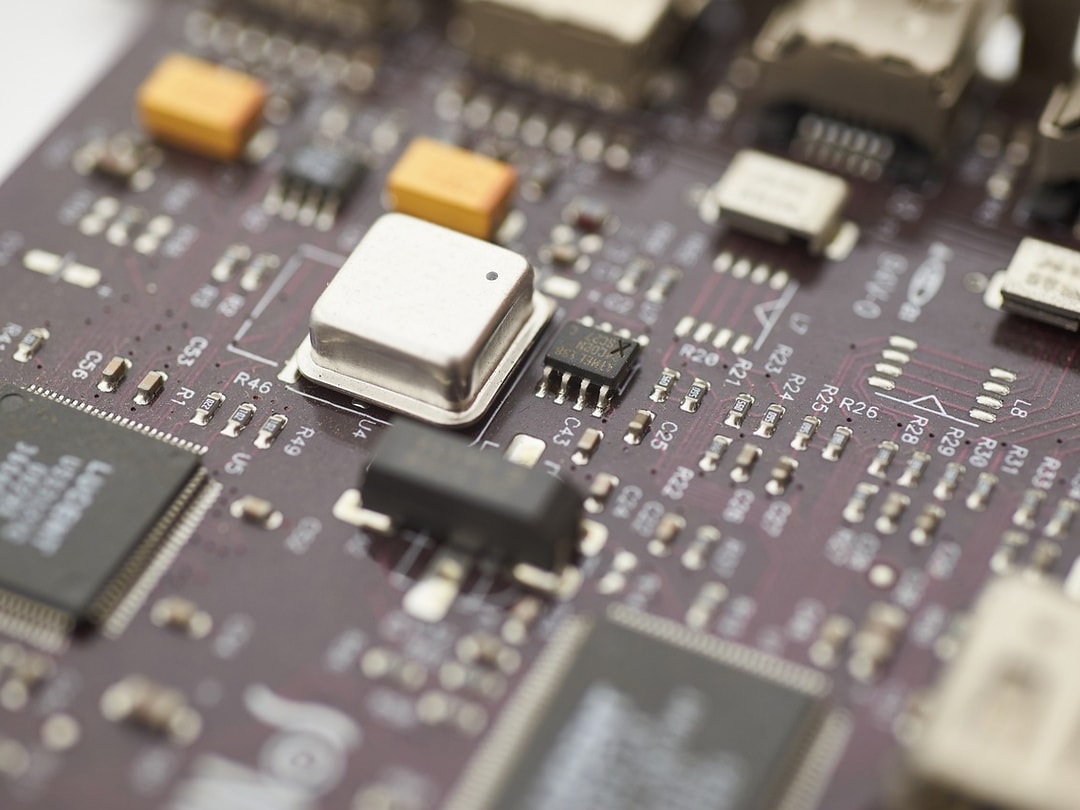
A quartz oscillator is a passive component and can only function when paired with an oscillator circuit. In combination with the oscillator circuit, the quartz oscillates at its resonant frequency and provides a very stable clock signal regularly used in countless technical applications, from quartz watches and GPS receivers to radar systems.
Admittedly, an oscillator circuit isn’t complex and could be used as a beginner's project in a middle school physics class - truly not rocket science. But the devil is in the details here, too. Anyone who has carefully read the previous blogs in this series will know that the dimensioning in a specific case is anything but trivial. Load capacitances must be designed correctly, the equivalent series resistance (ESR) must be considered, and the drive level must be observed, or the circuit will quickly react "out of tune" and not perform as expected.
It becomes particularly tricky when comparatively low frequencies are required in particularly small form factors (smaller than 3.2 x 2.5 mm2). As the frequency of the quartz depends on the thickness of the quartz blank (the thicker the quartz blank, the lower the frequency), in highly miniaturized designs, crystals with low frequencies (1 MHz to 12 MHz) are not physically feasible - the thicker blank no longer fits into the package. This means that there are no designs where low frequencies are possible. As the embedded IC that provides the oscillator circuit also includes a frequency divider, oscillators don’t suffer a similar limitation.
The situation is similar for frequencies above 50 MHz. With quartz crystals, an overtone crystal must be used. Without this, the blank would be too thin at the high frequencies in the fundamental tone and could break. In an overtone crystal, the fundamental tone of the crystal must be suppressed with its own filter circuit. This quickly adds up to a lot of development and testing, just to solve a problem that others have already solved.
The package of a quartz blank with electrodes together with an oscillating circuit IC has long been available, ready to buy in a hermetically sealed package and suitable for all common applications. Here you get an optimally tuned and ready-to-install complete solution - simply connect the power supply, tap the signal, and you're done. This compact, all-round, worry-free component is a little more expensive than the do-it-yourself version, but it takes up less space and reduces the effort required for both development and later assembly. Plus, oscillators can be further optimized, if necessary - with temperature compensation, for example.
Today, integrated oscillators are available for very low frequencies in a pleasingly space-saving design and there are also suitable solutions for very high frequencies. Würth Elektronik has oscillators with up to 125-MHz CMOS and 156.25-MHz LVDS or LVPECL output signals currently in stock.
In-house development or ready-made oscillator? If you are not quite sure yet, try before you buy. Contact Würth Elektronik for a free laboratory sample of its integrated oscillators.
